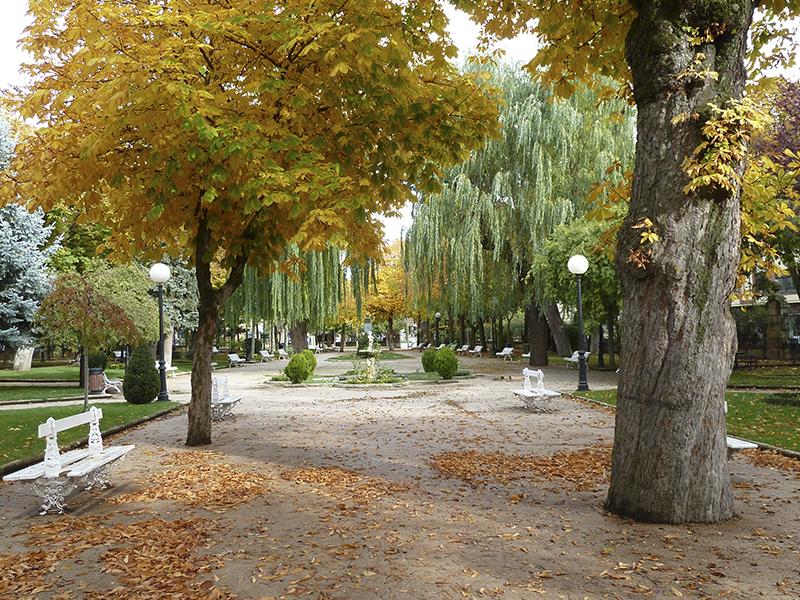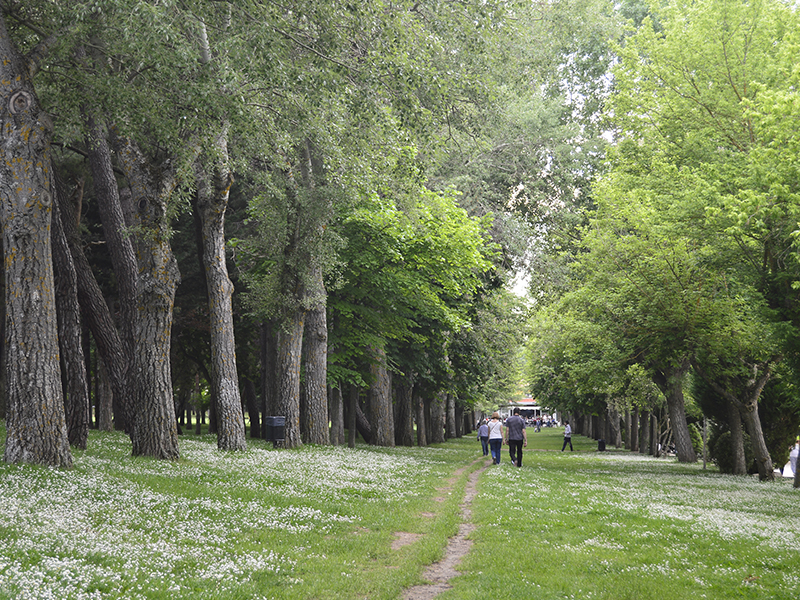
History of the Park
To know the origin of the park we must go back until the 12th century. It was the time of the repopulation of the city - promoted by Alfonso I El Batallador - after the persistent quarrels between Christians and Muslims in the border of the Duero, that turned this zone into a true demographic desert.
Installed already the population, the Aragonese monarch granted privileges to friars coming from the monastery riojano of San Millán de la Cogolla to settle in this flat zone outside the city. It was an extension rich in pastures and suitable for livestock.
It was here where the religious built a convent with a simple hermitage dedicated to the invocation of San Andres, so in those years the land was known as "Dehesa de San Andrés."
In 1.255 the Abbot of San Millán de la Cogolla donates these lands to the Cabildo of the collegiate church of San Pedro of the city of Soria. For this reason and so that the city could make use of the pastures for its cattle, it was agreed to pay a canon to the Cabildo, that maintained in possession this dominion until century XVII.
In the sixteenth century, the Cofradía de la Vera Cruz, in charge of giving Christian burial to the prisoners executed in the city, began to build a primitive humilladero where they located the image of a crucified person, known as Cristo del Humilladero. Later the Counts of Gómara extended it to become the Hermitage of Solitude, as we know it today.
In the last years of century XVI were poplars, elms and willows composing what we now understand by park being divided in two parts: the high zone destined for grazing of animals and the lower part and nearest to the city for public walk and place Of encounter, rest and recreation.
Between the seventeenth and nineteenth centuries various changes and improvements were made, such as a new elm plantation, the construction of a fence to protect the trees from cattle grazing on the high ground, the prohibition of the circulation of vehicles, the construction of A nursery, etc ... ..we were already in the twentieth century when the park took the current structure, not forgetting that until the thirties of the twentieth century what is today the Alto de la Dehesa was still dehesa-boyal being its pastures auctioned between The local cattle ranchers.











